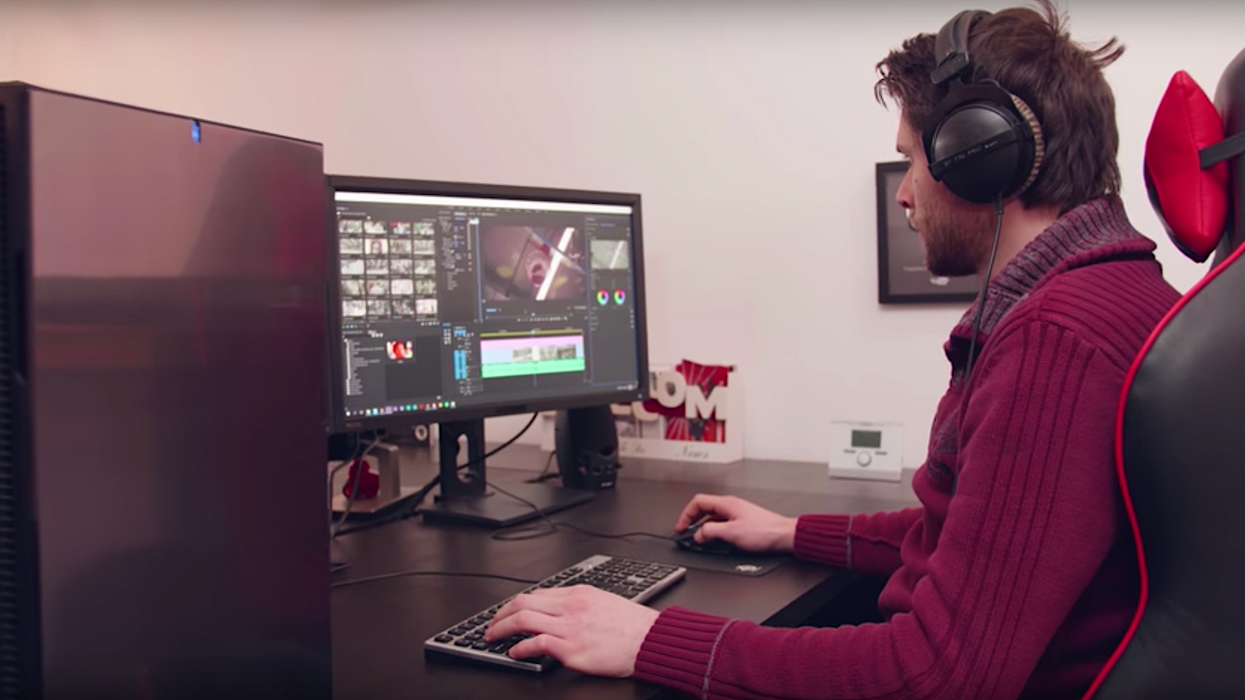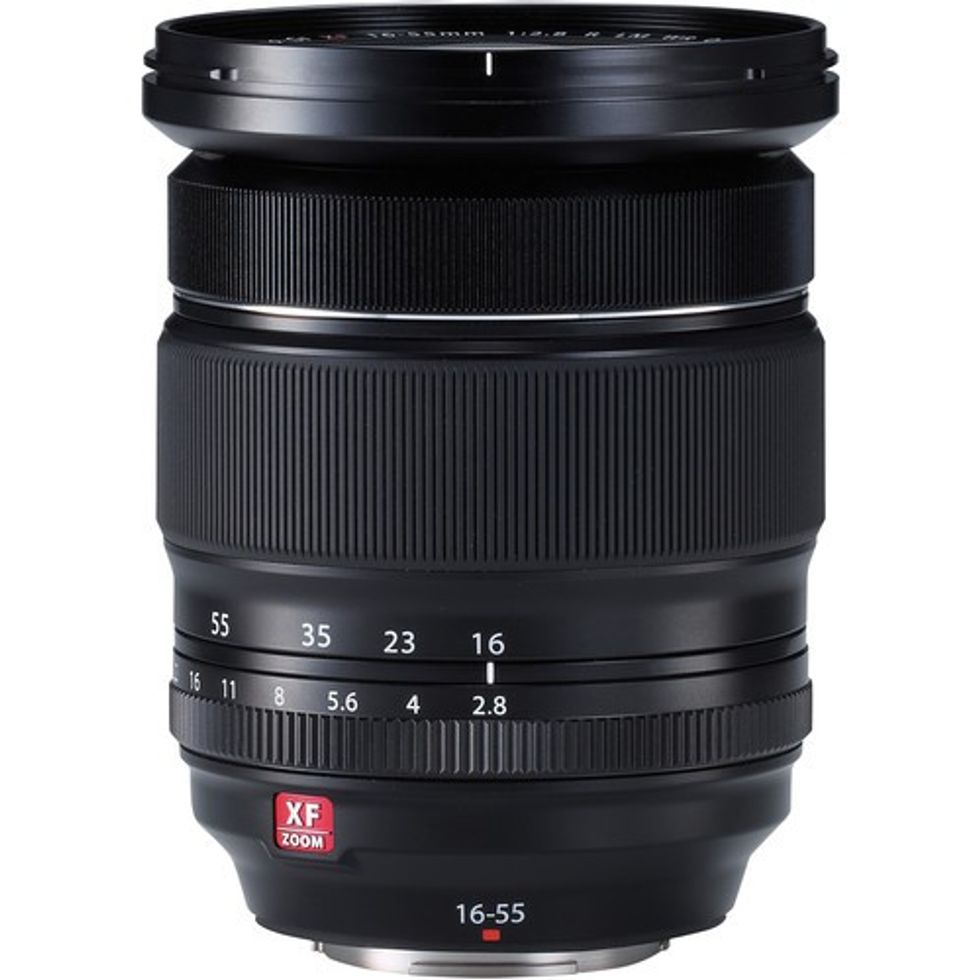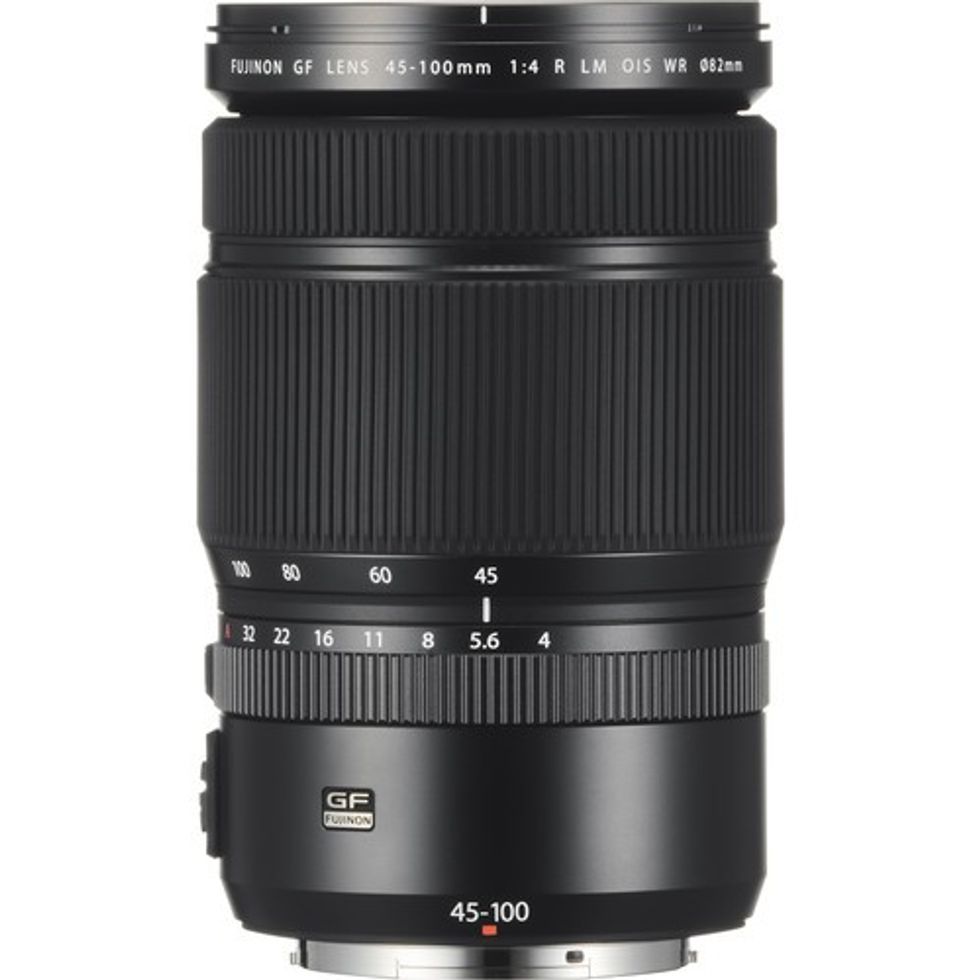Watch: 5 Ways to Get Better Performance in Premiere Pro
Does your computer become a total sloth every time you try to edit a project?

There's nothing worse than a slow computer, especially if you're trying to edit a video project. There are many different reasons why your computer may be suffering performance issues while running an editing program, but for those who aren't very tech savvy or know much about the inner-workings of their NLE, Jordy Vandeput of Cinecom shares a few tips on how to make Premiere Pro run faster regardless of what computer you have.
- Better playback: If you've got slow or jumpy playback, Premiere Pro gives you lots of playback options. You can decrease playback resolution, deselect "High Quality Playback," and disable VFX during playback.
- Turn off auto-save: I would never do this, since I'm horrible at remembering to save regularly. If you're like me, there are some other things you can do other than turn off auto-save, like optimize rendering based on performance (Memory >Optimize rendering for > Performance), and save your Media Cache Files to a different drive.
- Change your ingest settings: Decoding proxies can eat up a lot of resources, but if you change your ingest settings when you open a new project, you'll be able to edit on proxies and then switch over to your original media before exporting with the "Toggle Proxies" button.
- Keep your computer clean: I love gaming as much of as the next nerd, but having a ton of games and apps on my editing computer is no bueno. I keep my editing computer clean of other programs and data, including pictures, music, documents, etc., so my NLE can have enough room and resources to do its thing.
- Editing a long project: You might want to think about breaking up a really long project into multiple ones, so your timeline stays relatively shorter and more manageable. Also, Jordy suggests disabling "Duplicate Frame Markers."
What are some other things editors can do to increase their computer's performance when editing (other than getting a beefed up machine)? Let us know down in the comments.
Source: Cinecom














